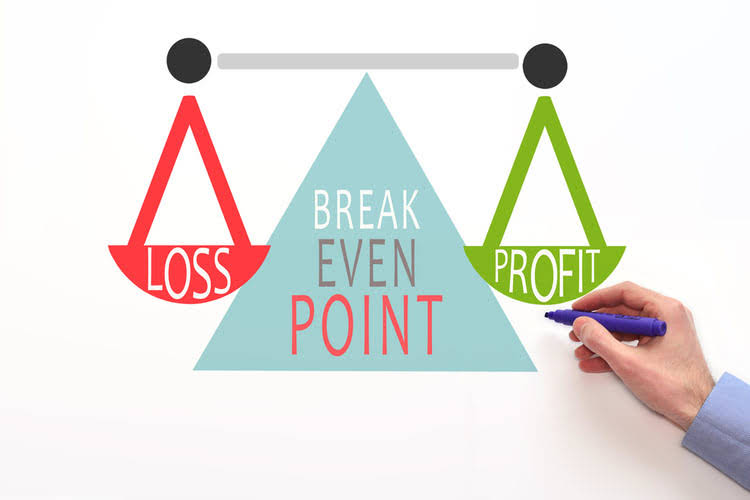Tax Shield Formula: Definition, Deductible Items, and Example Calculation

By reducing taxable income, companies can lower their tax bills and increase their after-tax earnings. Yes, businesses can use various depreciation methods such as straight-line, declining balance, or units of production. This method allows for a front-loaded depreciation real estate cash flow expense, reflecting higher deductions in the earlier years and gradually tapering off in later years. It directly affects the book value of the asset, which is the asset’s original cost minus the accumulated depreciation. The lower book value results in a lower depreciable basis for subsequent years, influencing the calculation of the depreciation tax shield.
( . Annual DTS available at 37% tax rate:
- In other words, tax shield is a way to reduce your tax liability by deducting certain expenses from your taxable income.
- However, when it is deducted from taxable income, it has a positive cash flow effect in the form of tax saving – the depreciation tax shield.
- As a result, companies may choose to finance their operations through debt rather than equity to take advantage of this tax shield.
- By effectively applying this formula, corporations can understand the potential financial benefits that borrowing capital can bring in comparison to raising capital through equity.
- In the intricate world of capital budgeting, where financial decisions shape the destiny of businesses, the concept of depreciation plays a pivotal role.
- From an accountant’s viewpoint, depreciation is systematic and rational allocation of cost.
- According to the Internal Revenue Code (IRC) Section 163, businesses can deduct interest paid or accrued on indebtedness within the taxable year.
A depreciation tax shield is an amount of money that can be deducted from your total tax amount due to the depreciation of assets. For example, if something depreciates over time, you can deduct a percentage of the lost value. The use of a depreciation tax shield is most applicable in asset-intensive industries, where there are large amounts of fixed assets that can be depreciated.
- To calculate the depreciation tax shield, divide the applicable tax rate by 100, then multiply by the total depreciation being deducted.
- Using SYD, the company can depreciate the machinery more heavily in the first couple of years, which is when the machinery is likely to be most utilized and most valuable to the company’s operations.
- However, if the company qualifies for and chooses bonus depreciation, it could potentially deduct the entire $100,000 in the year of purchase, significantly reducing taxable income for that year.
- They can use this to the advantage of the company since interest is a tax-deductible expense.
- To wrap this up, we hope you now have a much better understanding of the Depreciation Tax Shield Calculation as well as the underlying concept.
Straight-Line vs. Accelerated Depreciation – Cash Flow Impact

When a company invests in a fixed asset, such as machinery or equipment, the value of the asset depreciates over time due to wear and tear. For more detailed information, consider consulting a tax professional or financial advisor. Additionally, governmental tax websites and reputable financial education resources offer guidance on tax planning and strategies. The applicable tax rate can vary depending on your location and the nature of your business.
How often should I calculate my tax shield?
A tax shield in capital budgeting is a way for corporations to strategically plan their optimal capital structure and decide which investments to follow. This, in turn, makes debt funding much cheaper since interest expenses on debt are tax-deductible. An interest tax shield approach is useful for individuals who want to purchase a house with a mortgage or loan. Also, like depreciation, the interest tax shield approach differs from country to country.

Incorporating Tax Shield in Capital Budgeting Analysis

However, the interest tax shield approach encourages the companies to finance the projects with debt since the dividends paid via equity investors are not tax-deductible. The value for the tax shield approach also depends on the corporation or individual effective tax rate. Also, there can be QuickBooks cases when the current year’s income can be reduced than the previous year due to unclaimed tax losses of the preceding year. To illustrate, consider a company that purchases a new piece of machinery for $100,000 with a salvage value of $10,000 and a useful life of 5 years. Using SYD, the company can depreciate the machinery more heavily in the first couple of years, which is when the machinery is likely to be most utilized and most valuable to the company’s operations. This front-loaded depreciation can lead to substantial tax savings, which can then be used to maintain a healthy cash flow or invest in other areas of the business.

How to Calculate the Depreciation Tax Shield

While depreciation has several financial implications, one of the most significant benefits is the tax shield effect. Remember that the choice of depreciation method impacts financial statements, taxes, and cash flows. Businesses must consider factors like asset type, industry norms, and regulatory requirements when selecting the most suitable depreciation tax shield formula method. Additionally, consult with accounting professionals to ensure accurate implementation. The influence of removing or adding a tax shield approach is impacted by the optimal capital structure ( mix of equity and debt funding) that the company chooses. Also, the interest expense is tax-deductible on the debt which makes the selection of debt funding cheaper.
- Businesses must consider factors like asset type, industry norms, and regulatory requirements when selecting the most suitable method.
- Commercial entities extensively tend to outsource their tax returns task to tax firms.
- There are various types of tax shields, including depreciation tax shield, interest tax shield, operating loss tax shield, net operating loss tax shield, and tax credits.
- Whether you’re a business owner looking to maximize cash flow or an investor analyzing a company’s financial health, understanding the nuances of depreciation is crucial.
- This is because the rating of some deductions, such as depreciation happens throughout the year.
From an accountant’s viewpoint, depreciation is systematic and rational allocation of cost. Tax authorities view it as a permissible deduction, while investors may see it as a measure of how much a company reinvests in its own operations. The ability to use a home mortgage as a tax shield is a major benefit for many middle-class people whose homes are major components of their net worth.


Be the first to post a comment.